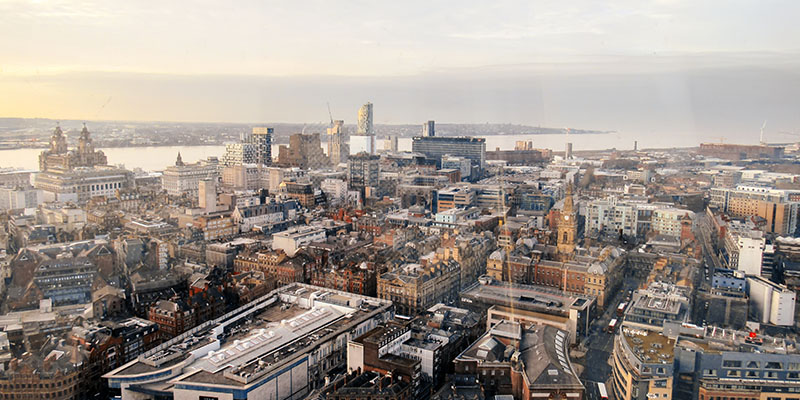
Understanding Insulation Terminology
As the energy concern in England continues to make headlines, we feel it’s necessary to discuss and analyse some common insulation or energy-related terms you may come across. It is now more important than ever to start taking note of the changes across Britain, with the latest energy price cap soon to be raised on Friday 26th August, which will come into effect from October 1st.
As an insulation provider, is our duty to, not only provide you with great insulation products and services for your home or commercial property but to also keep you informed of the current energy climate. Additionally, it is important that you are aware of what is going on, and the options you have and to be in the know of any upcoming changes, like the energy price cap raise mentioned above.
So, hopefully, this article can answer some of your questions and help you make informed decisions in regard to your insulation and your energy consumption.
1. Fuel Poverty
Unfortunately, this is a term that is quickly becoming more widespread among the British public. It is unfortunate because of the unprecedented growth of people who are now living in fuel poverty.
So, what is fuel poverty? While this term has been around for a while, its meaning is beginning to shift with the new energy prices across England. Traditionally, fuel poverty was when a household needed to spend more than 10% of its income on fuel (energy).
Yet, nowadays the definition is more specific, and the Department of Energy and Climate Change (DECC) published a framework stating that a household is in fuel poverty if:
- The fuel costs are above the average of the national median level, and
- If they were to pay for the fuel costs, the household would be left with an income below the official poverty line.
Basically, if you pay for your energy bills and it leaves you below the poverty line in regards to income, your household is said to be in fuel poverty.
In 2020, an estimate of 3.16 million households in England was in fuel poverty, which is 13.2% of all households. Now, since the spike in energy costs, there are estimates of over 50% of households will be in fuel poverty, and this figure can become a lot higher with future price spikes on the horizon.
2. Energy Price Cap
Understanding the energy price cap will help put into perspective the astonishing rise in energy prices across England. The energy price cap is meant to be a set cap which states the maximum amount that can be charged to customers for gas and electricity across a 6-month period. In theory, that’s great, it allows customers to know the maximum amount they can be expected to pay. However, the issue with this is that the energy price cap can be raised, therefore, customers getting charged more.
In April 2022, Ofgem raised the price cap by an unprecedented amount of 54%, which rose the average bills by at least £700 or more per year for the average household. The price cap is expected to rise more in August 2022 and be in effect from October 2022, additionally, another raise in the price cap is expected from January 2023. What does this mean? Well, the average monthly bill of £164 per month is set to become around £388 per month, showing over a 100% increase.
3. Ofgem
What or who is Ofgem and what is their role?
Well, Ofgem is the “Office of Gas and Electricity Markets”, and is meant to protect consumers via delivering fair and green energy systems. Ofgem regulates the monopoly of companies who run the electricity and gas networks, make the decisions behind the price and act in the interest of consumers.
If you are looking for some technical terminology about insulation, then you can check out our page here.


